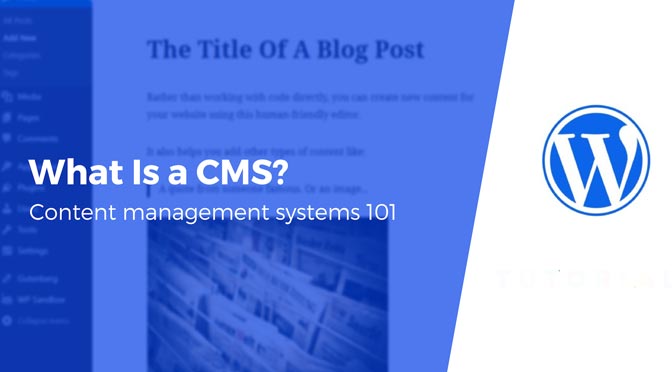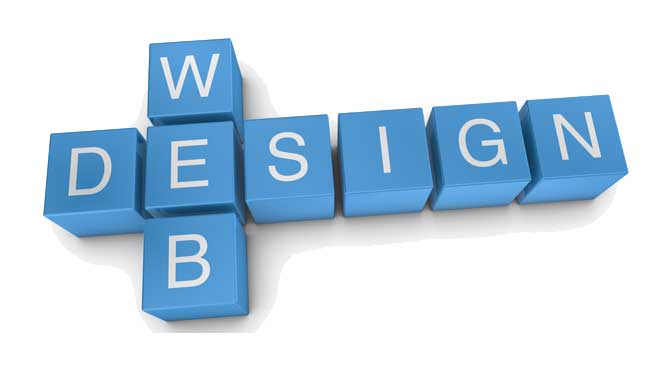Today, many people are interested in understanding CSS. Whether you aspire to get into programming, or web design for a digital agency, or you simply want to learn how to customize your own web pages, it is essential that you learn CSS. CSS often pairs with HTML, and is frequently taught at the beginning of many programming courses. Although it is a frequently debated topic of whether or not CSS and HTML qualify as programming that is a discussion to be fleshed out elsewhere. There is no doubt however, that learning CSS is advantageous for all programmers, and is certainly an in-demand skill to have for laymen as well.
Cascading Style Sheets
CSS (cascading style sheets) entails the art of displaying HTML aspects on the screen. If you decide to learn CSS, you will quickly discover that it saves an enormous amount of time. This is so, due to the fact that it allows the user to control many different layouts from various web pages. Within CSS files, many style sheets themselves exist. By toggling through various style sheets, one is able to manipulate the elements of different pages. In CSS, what are referred to as “Classes” as well as “ID’s” are frequently used to create blocks of code that can easily transition between single-use and numerous use. Essentially, you use CSS to determine and customize, all aspects of style within your web page. The design itself, and variations in display features, fall under the category of CSS.
How CSS Compliments HTML
When you consider the fact that HTML was never originally designed to be able to format web pages, CSS becomes a whole lot more useful. HTML was primarily intended to display the content itself within a web page. This includes things like the first heading, the first paragraph, and font attributes. But the more involved editing of these aspects is where CSS comes into play. CSS, essentially is the answer to the long involved editing process that plagued developers for years while using HTML. CSS is a much cleverer, as well as versatile way of customizing a web page. Because CSS is so lightweight, by accessing a single file you can alter the styles of websites. Features can be used within CSS, to grab elements of different web pages to customize them all at once. Although CSS is traditionally used to alter the visual elements of a web page, it can also be used to edit various content in regards to speech as well.
Any XML document can be altered through the use of CSS. CSS is a part of the skills used by many front-end Web Developers. Many of them break into the industry with a skill set that includes HTML, JavaScript, and CSS. But even non-programmers, and those who own a business and run their own website, know that CSS is critical for being able to customize your own webpage. Learning CSS could be worthwhile, to be able to customize colours, font, and different layout structures so that they accurately represent your business.


